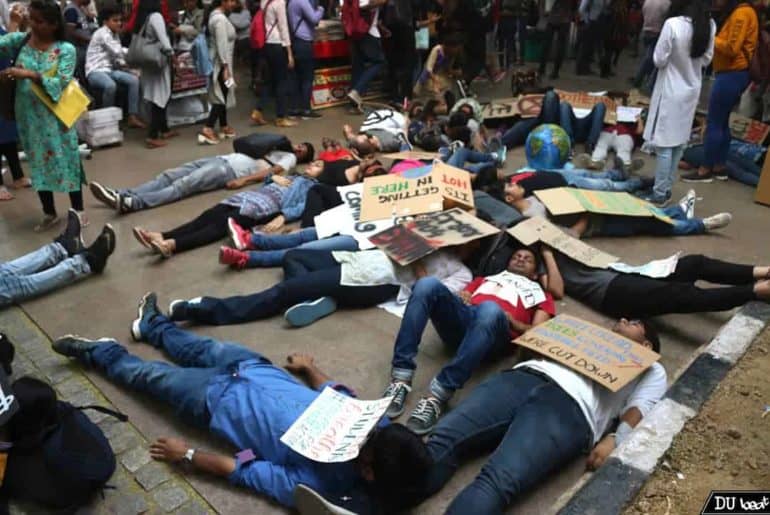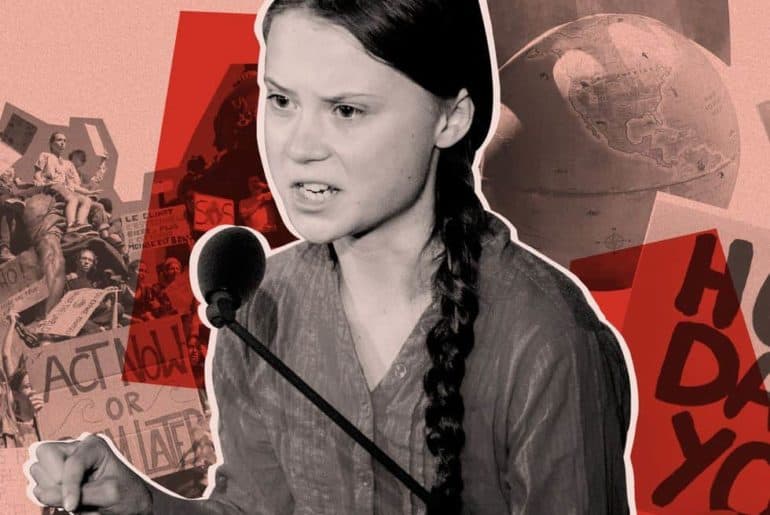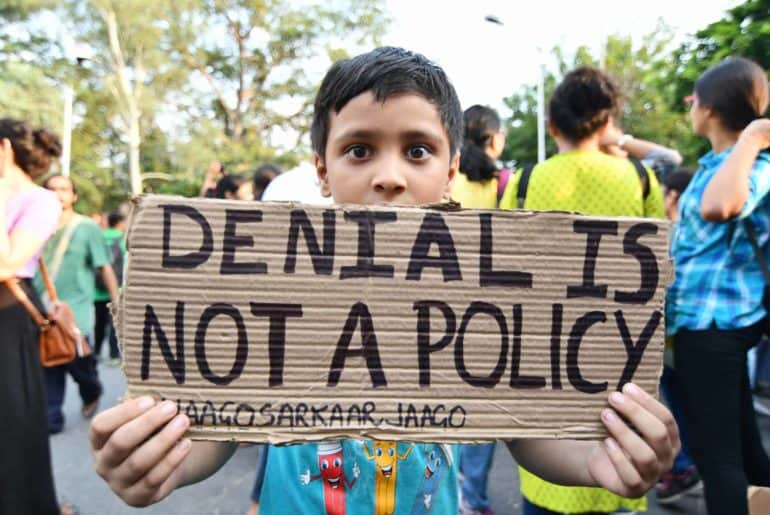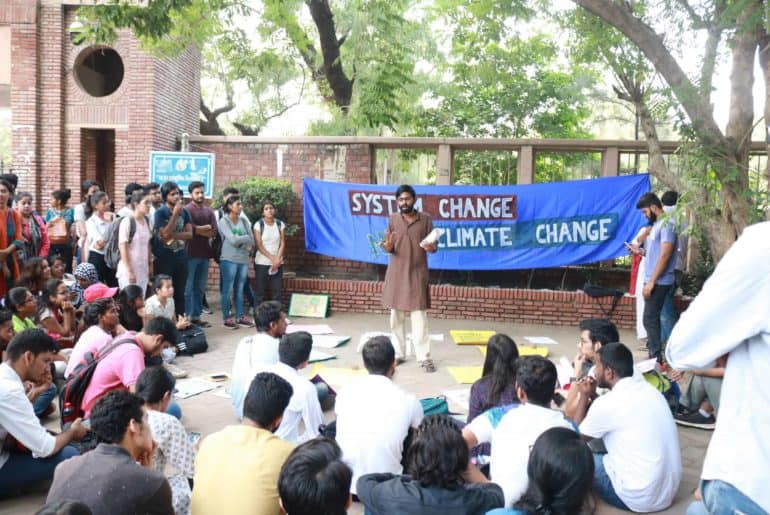Debates and discussions on climate change have been going since centuries, but it is seldom that the role of gender is recognized in sustainable planning and implementation.
The year began with horrific bushfires ravaging the heart of Australia and spurring the grave issue of climate change that has been haunting us since many decades. Even after much scientific evidence and climatic emergencies, many of our world leaders blatantly deny its existence and waver it off as ‘bulls**t or just a change in human habits’. But, not only is there a need to address it on a huge scale but also ponder over some of the more important aspects of climate change; such as ‘gender’.
Changing climate is one of the most daunting global challenges of our time. The degree to which people are affected by climate change impacts is partly a function of their social status, gender, poverty, power and access to and control over resources. Over the next decades, billions of people, particularly those in developing countries, are expected to face shortages of water and food and risks to health and life as a result of climate change. Accounting for 70% of the world’s poor, women are the most vulnerable among them.
It is quite astonishing that climate change is not ‘gender-neutral’. It impacts men and women differently due to a variety of reasons that can be attributed to ‘gender differentiated’ powers, roles and responsibilities. Ecofeminism is a branch of feminism that specifically observes “the connection between the exploitation and degradation of the natural world and the subordination and oppression of women.” High dependence on local natural resources for livelihood, limited mobility, and unequal access to resources, policy and decision – making processes are some of the reasons for natural disasters affecting the lives of women more abundantly. Moreover, socio-cultural norms limit women from acquiring the information and skills necessary to escape or avoid hazards (e.g. swimming and climbing trees to escape rising water levels). For instance, during the Asian tsunami of 2004, 70% of the victims were women as many women and children were trapped inside their homes. A lack of sex disaggregated data in all sectors (e.g. livelihoods, environment protection, health and well-being) often leads to an underestimation of women’s roles and contributions. This situation then results in gender-blind climate change policy and programming, which are inaccessible to many and thus turn out to be ineffective.
But why should we include ‘gender’ in the climate effort? As men and women face their social, economic and environmental reality in different ways; how they participate is also different and is closely related to age, socio-economic class and culture. So, the gender approach helps tackle issues on a much inclusive and wider scale. Women can contribute to livelihood strategies adapted to changing environmental realities as play a pivotal role in natural resources management and in other productive and reproductive activities at the household and community levels. They tend to share information related to community well-being more extensively, choose less polluting energy sources and adapt more easily to environmental changes when their family’s survival is at stake. Women’s greater participation also enhances the effectiveness and sustainability of climate change projects and policies. Research has also revealed the importance of gender equality and women’s empowerment to environmental sustainability and thus gender equality has been recognized as one of the Sustainable Development Goals.
The climate protests in Nigeria exemplify the powerful role of women as agents of change. In 1999, Nigerian women headed a world movement to stop flaring natural gas by a transnational oil company. They organized simultaneous protests and awareness workshops in Nigeria and the United Kingdom that resulted in the company’s London headquarters being closed, and the temporary closing of the wells. Finally, in January 2006, the Nigerian courts cancelled the gas company’s licence. This unprecedented international action demonstrates women’s ability to act as important agents for change who can help to mitigate climate change. Also, climate activists like Sunita Narain, Greta Thunberg, Christiana Figueres, Hindou Oumarou Ibrahim and so on are bringing in diverse views and working for a sustainable future.
United Nations climate change negotiations, void of gender-related texts and discussions until 2008, have more recently reflected an increased understanding of the links between gender equality and responding to climate change. But more concerted efforts need to be made all over the world. Promoting education of girls is vital as it would provide financial security, agency at home and society, and give the capacity to navigate climate change. Access to high – quality, voluntary reproductive health care and advancing equity and well – being must be the aims of family planning, which would in turn reduce demands for food, infrastructure etc.
Gender-sensitive structures, guidelines, projects and tools need to be developed for all climate change financing mechanisms supporting adaptation and mitigation actions, at all levels by conducting an in-depth and evidence-based analysis that takes gender as one of the criteria.
Katharine Wilkinson in her TED talk on ‘How empowering women and girls can help stop global warming’ quoted – “Some segments of human family cause exponentially greater harm, while others suffer outsized injustice.” The gender – climate connection extends beyond negative impacts and powerful solutions. Women are vital voices and agents for change on this planet and yet we are missing or barred from the ‘table’. All of this does not mean that only women have the onus of fighting climate change; it is just that we need to acknowledge the role of gender as a requisite for our climate effort’s success. The dynamics are not only unjust but leading humanity to failure. We need to bring diverse voices, including those that are typically excluded, into decision making to identify the best solutions for adapting to climate change. This is the only way we can build families, communities and societies that are resilient to the impacts of climate change. For this to be effective, we need to start from the premise that everyone matters—rich or poor, farmer or civil servant, woman or man.
Image Credits: Pinterest
Ipshika Ghosh









